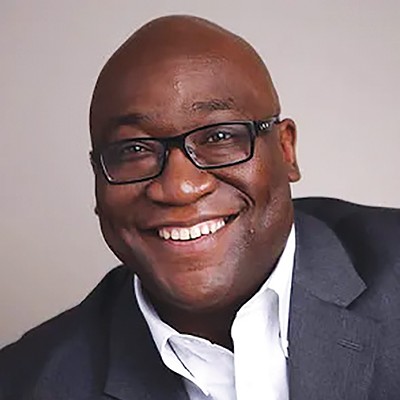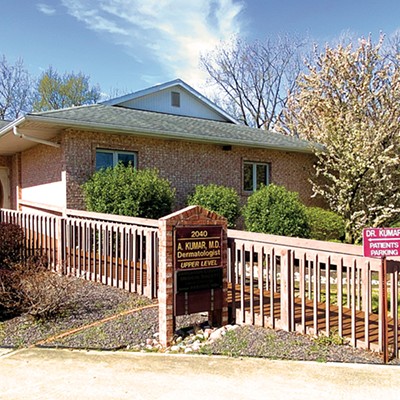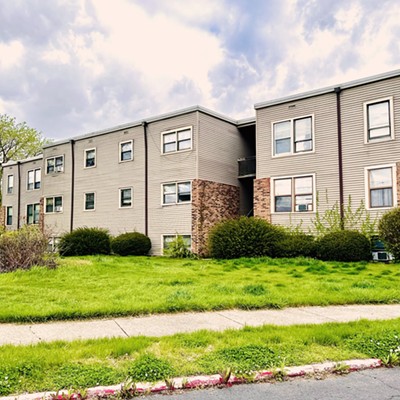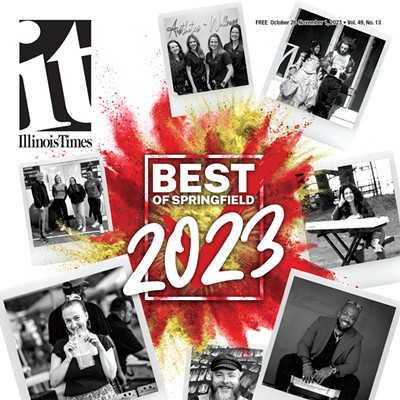It is too soon – far too soon – to declare victory. But the numbers are in, and Springfield public schools are making progress when it comes to academic excellence for the best and brightest students.
The district in July received scores of advanced placement tests taken by high school students last spring. It’s the first batch of test scores since Superintendent Jennifer Gill, chagrined by lackluster AP programs, last year vowed to improve participation in the academically rigorous classes and work to ensure that students would succeed.
The tests on such subjects as calculus, history, literature and physics can get kids college credit if they score at least 3s on a 1-to-5 scale. Results are a mixed bag.
At Springfield High School, students took 301 AP tests and scored at least 3s on 215 of the exams – that’s a “pass” rate of 71 percent, better than the 64 percent who scored sufficiently high to earn college credit during the 2015-16 academic year, before Gill’s AP efforts began. Southeast High School students took 163 exams last spring (as in other schools, some kids took more than one test) and earned at least 3s on 87 of the tests for a “pass” rate of 53 percent, an improvement over two years ago, when 39 percent of Southeast test scores were high enough to merit college credit.
And then there is Lanphier High School, where just 19 tests, or 14 percent of the 134 exams taken, came back with grades of 3 or better, a dramatic fall-off from the 2015-16 school year, when 49 percent of tests taken by Lanphier students were scored at 3 or better. It sounds even worse when considering that 195 Lanphier students were enrolled in AP classes at year’s end.
And so Lanphier sucks at being smart, right? Not so fast.
Kids enrolled in AP classes aren’t required to take the tests, and Lanphier led the district in the percentage of AP students who took the exams. You can’t get college credit if you don’t try, so taking the tests is smart, considering that college costs a lot and test fees are south of $100. At Lanphier, 99 students sat for AP exams last spring, more than took AP tests during the previous two school years combined.
By comparison, the number of Springfield High School students who took AP exams dipped from 248 during the prior school year to 203 last spring. At Southeast High School, 101 students took tests, up from 87 during the previous year. And so Lanphier is surging in one respect: More Lions than ever are willing to at least try than at other schools. The district, which once said kids weren’t taking AP tests because families lacked funds for test fees, has helped by paying fees for poor students with funds from the district’s foundation and individual donors.
These are encouraging signs, at least at this point in Gill’s campaign to bolster the district’s AP classes. Minorities and kids from poor families have been overlooked as candidates for rigorous academic programs, and Springfield isn’t alone. The state, which helps pay AP test fees for low-income students, has pushed districts to enroll more minorities and poor students in AP courses, and districts across the state have done exactly that. More work needs to be done.
It is enough for now, but not enough for tomorrow, to increase the number of kids enrolled in AP courses. More AP students should take the AP tests, more should receive at least 3s and challenging demographics shouldn’t be excuses.
In Franklin Park, a Chicago suburb nestled against O’Hare International Airport, Leyden High School District 212 increased the number of AP students by 22 percent between 2017 and 2018. Students enrolled in AP courses are required to take AP tests. Most students take more than one exam, the district says, and 59 percent of the students who took exams this past spring got scores of at least 3. That’s down slightly from the 65 percent pass rate during the prior year, but still impressive for a district where 55 percent of the students are poor and 64 percent are Hispanic. “We’re a very working class community,” says Michael Manderino, the district’s director of curriculum and instruction.
We need to see these kinds of results in Springfield, where a 58 percent overall district pass rate in 2017 was asterisked by the fact that fewer than half of AP students enrolled in AP courses took the tests. Gill insists there’s value in simply taking an AP class, even if students don’t sit for exams. But she acknowledges that scores should improve. Given the choice of grading scales – A to F, as on report cards, or 1 to 5, as on AP tests – Gill gives the district a 3-plus for efforts at improving advanced placement programs.
“You always have to have your foot on the gas,” she says. “You don’t have to put it down all the way.”
Contact Bruce Rushton at [email protected].
Go Lions
Lanphier leads the academic pack
[
{
"name": "Air - MedRect Combo - Inline Content 1",
"component": "11490391",
"insertPoint": "3",
"requiredCountToDisplay": "1",
"parentWrapperClass": "fdn-ads-inline-content-block"
},{
"name": "Air - MedRect Combo - Inline Content 2",
"component": "11490392",
"insertPoint": "7",
"requiredCountToDisplay": "5",
"parentWrapperClass": "fdn-ads-inline-content-block"
},{
"name": "Air - MedRect Combo - Inline Content 3",
"component": "11490393",
"insertPoint": "12",
"requiredCountToDisplay": "9",
"parentWrapperClass": "fdn-ads-inline-content-block"
}
]
Illinois Times has provided readers with independent journalism for almost 50 years, from news and politics to arts and culture.
Your support will help cover the costs of editorial content published each week. Without local news organizations, we would be less informed about the issues that affect our community..
Got something to say?
Send a letter to the editor and we'll publish your feedback in print!





















